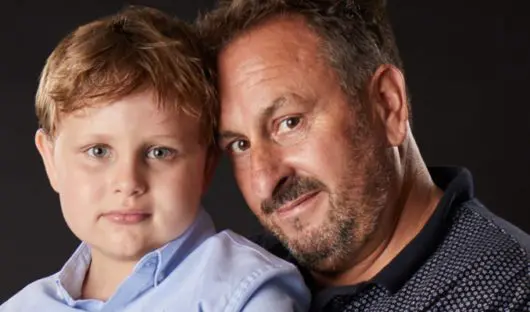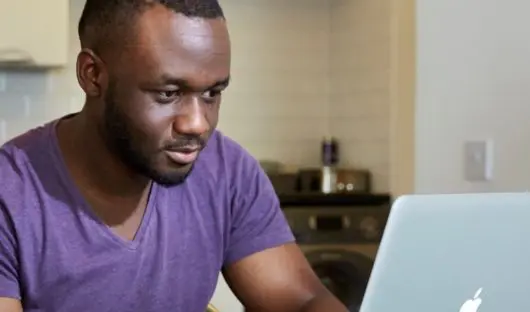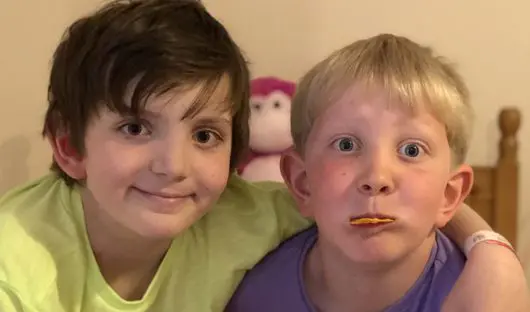Applying for DLA
You can apply for the Disability Living Allowance (DLA) to help with the extra cost of looking after a child under 16 years old who has, or had, cancer. In Scotland, the Child Disability Payment replaces the DLA.
What is Disability Living Allowance? (DLA)
DLA for children helps with day-to-day living costs if your child has, or had, cancer. It is not means tested. This means it’s not based on your income or savings. It will not affect any other benefits you’re getting. The amount you get will depend on the level of help your child needs.
Do I qualify for DLA?
You can apply for DLA as long as you look after the child as a parent would. It does not matter what your actual relationship is. You can get DLA if your child:
- Needs help walking
- Needs help getting around outdoors or in new places
- Needs more care or supervision than a child their age without a serious illness or disability.
Your child must have needed help with some or all of these for at least 3 months and be likely to need help for at least another 6 months. If a medical professional says they might have less than 6 months to live, they do not need to have had extra help for 3 months.
How does DLA work?
There are two parts to DLA – care and mobility. Your child may get one or both. It depends on their needs.
There are three levels to the care part of DLA:
- Lowest – your child needs extra help for some of the day
- Middle – your child needs frequent help or constant supervision during the day, supervision at night or someone to help while they are on dialysis
- Highest – your child needs help or supervision day and night or a medical professional has said they might have less than 6 months to live. If your child is awarded the middle or higher rate of the care part, you could also claim Carer’s Allowance or Carer’s Credit.
The types of things your child might need extra help with include:
- Washing
- Dressing
- Eating
- Going to the toilet
- Communicating
- Managing their condition and diet
This is paid at two rates depending on how much help your child needs. You will get the ‘lowest’ rate if your child can walk but needs help or supervision outside. You will get the ‘highest’ rate if they:
- Cannot walk
- Can only walk a short distance without severe discomfort
- Could become very ill if they try to walk
- Are blind or severely sight impaired
There are also age limits to receiving the mobility component:
- Lowest – the child must be 5 years or over
- Highest – the child must be 3 years or over
If your child is under these ages and you are already claiming the care part of DLA, you should be sent a claim pack 6 months before they turn 3 or 5.
How do I apply for DLA?
Claims cannot be backdated. It is important you apply for DLA as soon as your child becomes entitled to benefits. To make a claim in England or Wales, contact the Disability Living Allowance helpline on 0800 121 4600 or textphone 0800 121 4523 and request an application form. If you return the completed form within six weeks, your claim will be treated as made on the date you made the telephone call.
You can also download the form at gov.uk and apply by post. In this case your claim will start on the date the form is received.
If you’re in Northern Ireland, you can get a claim pack for DLA at nidirect.gov.uk or call the Disability and Carers’ Service on 0800 587 0912 or textphone 0800 012 1574.
In Scotland you should apply for the Child Disability Payment.
It’s important to report any changes, for example a change in your child’s condition, as soon as possible. Any change might mean your child no longer gets DLA or gets a different amount.
How do I apply for Child Disability Payment?
To apply for Child Disability Payment in Scotland, contact Social Security Scotland on 0800 182 2222 (Monday to Friday, 8am to 6pm) or visit their website.
What happens when my child turns 16?
A benefit called Personal Independence Payment (PIP) is replacing DLA for people aged 16 to 64. You will get a letter shortly before your child’s 16th birthday telling you about changing to PIP.
What is PIP?
Personal Independence Payment (PIP) is a benefit to help people over the age of 16 with a health condition or disability live as independently as possible. It can help with extra costs which come from you or your child having cancer. It is replacing Disability Living Allowance for people aged over 16. You can read more about PIP here.
What is attendance allowance?
Attendance Allowance is only for people who have reached state pension age and need someone to help look after them.
What happens if my child’s illness is terminal?
If your child has been diagnosed as having less than 12 months to live, the rules are slightly different. For example, they don’t need to have had difficulties for the past three months. They also don’t need to have lived in Great Britain for a certain amount of time.
Your child will be entitled to the highest rate of the care part of DLA. However, you will still need to complete the questions in the application form about your child’s mobility. This is so they can decide what level of the mobility part they should get.
Talk to your child’s doctor, specialist or consultant, or the clinical nurse specialist about applying. They will need to fill in a SR1 form for you to send in with the completed DLA form.
If your child lives longer than 12 months they will continue to get DLA.
Information reviewed: May 2023
Next review due: 2027
You might also like ...
Free welfare and housing support
Our trained advisers can answer questions and give free advice on anything from benefits to housing.
Find out more
Get a Young Lives vs Cancer grant
Deal with the unexpected costs of cancer with a Young Lives vs Cancer grant.
Find out more
Oliver’s story – Our cancer commute to hospital is 120 miles each way
Oliver was diagnosed with leukaemia in August 2016, aged eight. Mum Nicky explains how two years of treatment 120 miles from home has cost the...
Find out more
Useful contacts
Get free advice about applying for DLA and other benefits
Our Welfare Advice Service is there to offer you free advice about anything related to money or your rights.
Contact them nowMore information about DLA
For more detailed information about eligibility, current rates and what happens when your child turns 16, visit gov.uk
Visit gov.uk